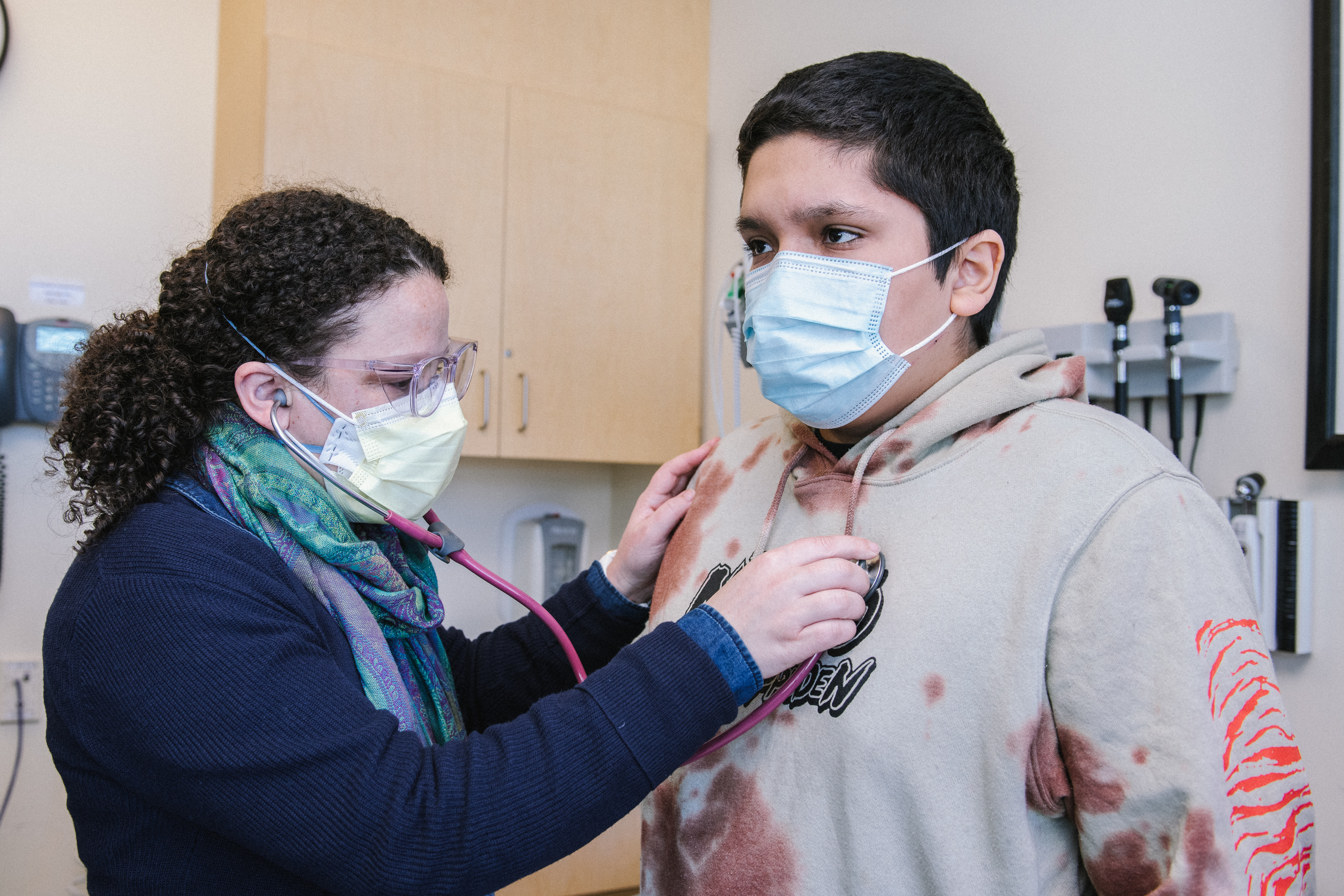When it comes to research, Joanna Gell, MD, thrives on a challenge. That’s why she has chosen one of the toughest kinds of tumor for her opponent: intracranial germ-cell tumors.
When a fetus starts to develop, each cell gets an assignment for the kind of cell it’s going to be—blood, muscle, bone, etc. And most cells go straight to work becoming that singular type. But germ cells, the ones that are destined to become eggs and sperm and sexual organs, are a little rebellious—they travel all over the fetus, mostly traveling along the body’s center line. And they are more flexible than most cells, with more plasticity.
Latest Articles

$1 Million Gift from Big Y Supports Connecticut Children's New Clinical Tower and Expanded Pediatric Services

A New Era of Care Begins: Connecticut Children’s Celebrates the Opening of the New Clinical Tower

